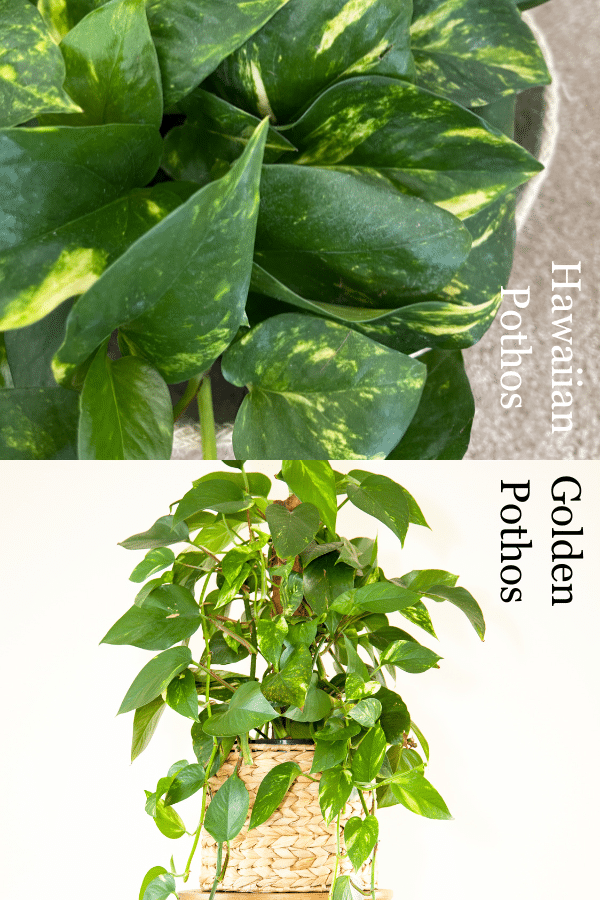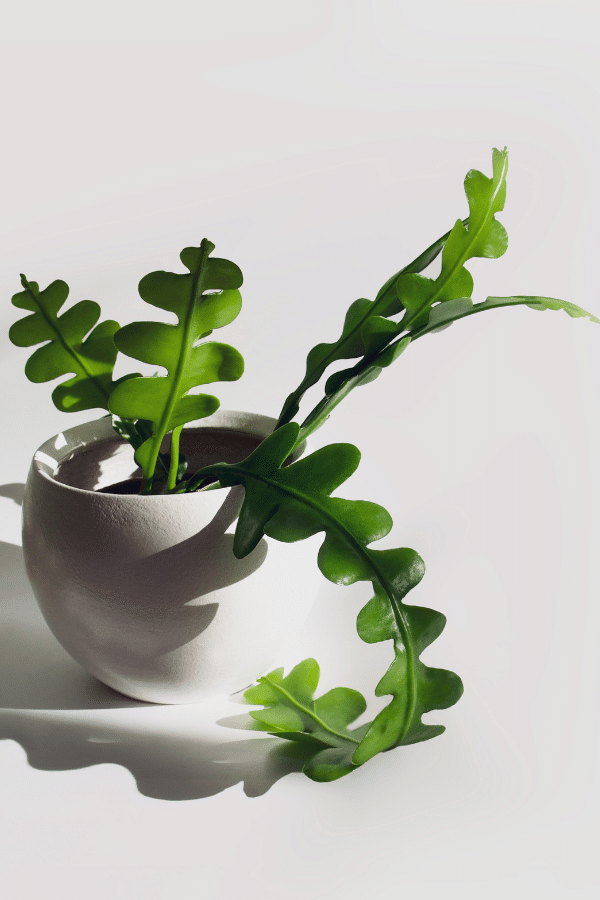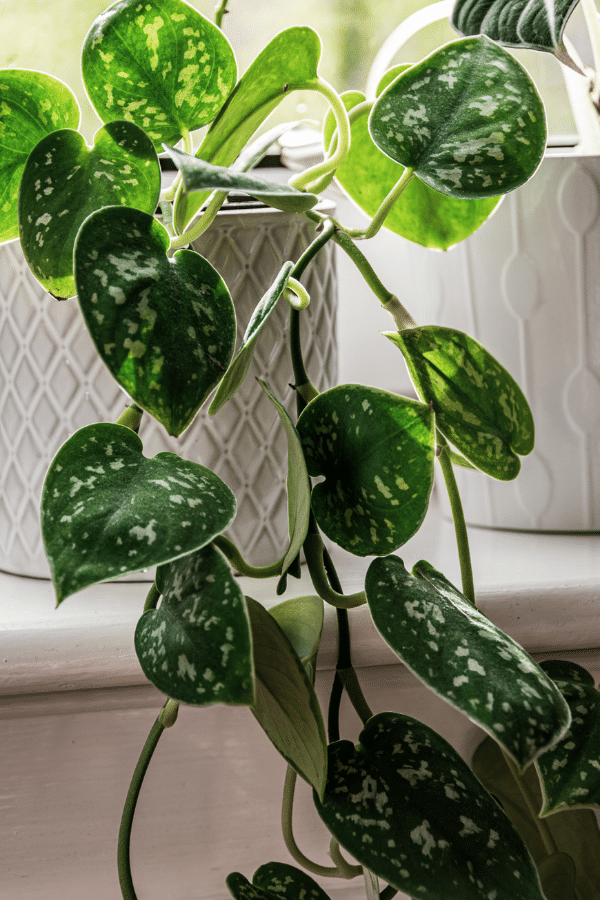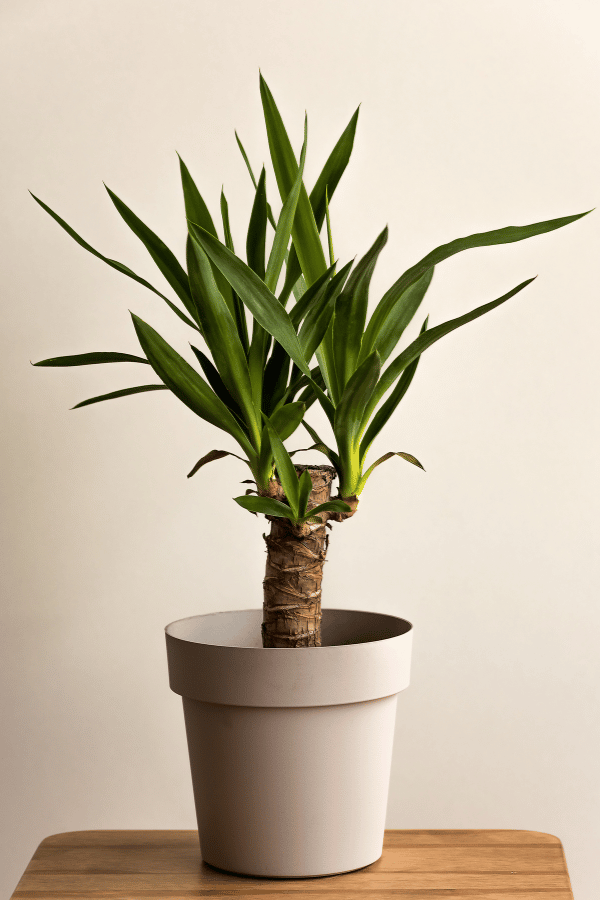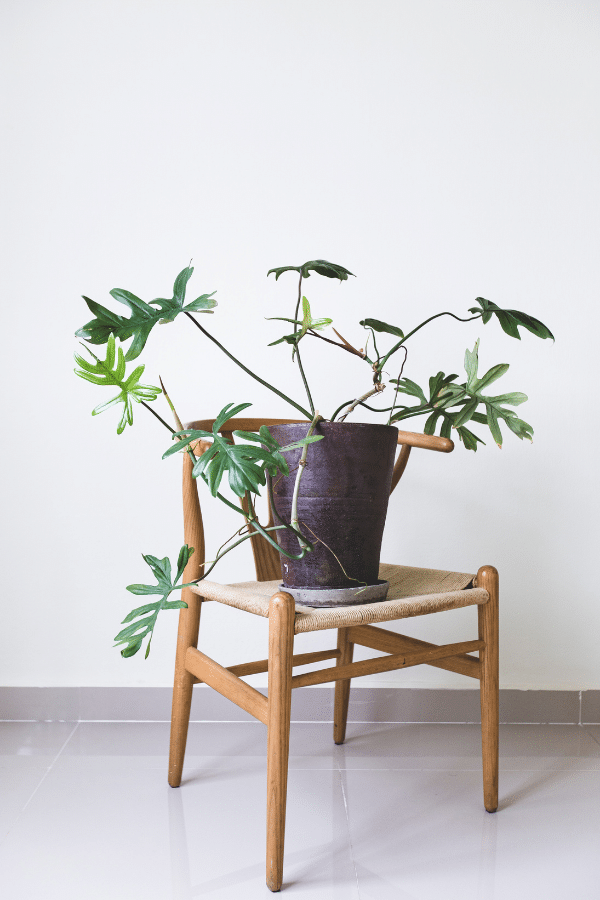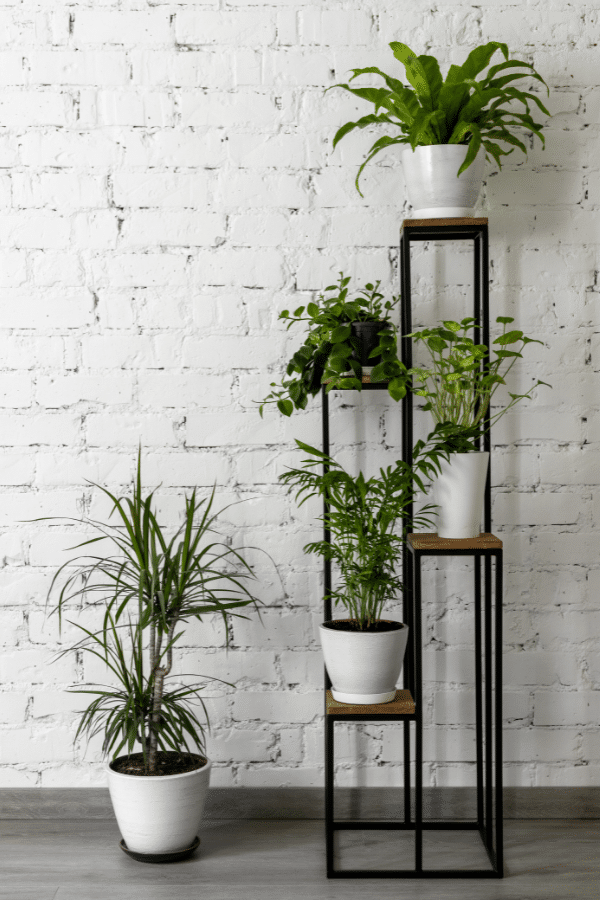Philodendron Burle Marx
Scientific Name: Philodendron Burle Marxii
Common Name: Burle Marx Philodendron
Philodendron Burle Marx is a luscious and sleek looking houseplant. Rich, dark green leaves make this indoor plant a focal piece. Philodendron Burle Marx care is relatively easy if you follow this guide and mimic its natural environment, you can grow this plant with ease.
Quick Care Overview
| Common Name | Burle Marx Philodendron |
| Scientific Name | Philodendron Burle Marxii |
| Family | Araceae |
| Origin | Brazil |
| Identification | Emerald green elongated heart-shaped leaves |
| Height | Up to 2 feet tall |
| Soil | Well-draining soil |
| Water | Keep moist |
| Temperature | 65-80F |
| Sunlight | Bright indirect sunlight |
| Toxic to Cats & Dogs | Yes |
| Toxic to Humans | Yes |
| Pests | Aphids, mealybugs, scale, spider mites |
| Diseases | Root rot |
Below we will dive deep into how to care for Philodendron Burle Marx.
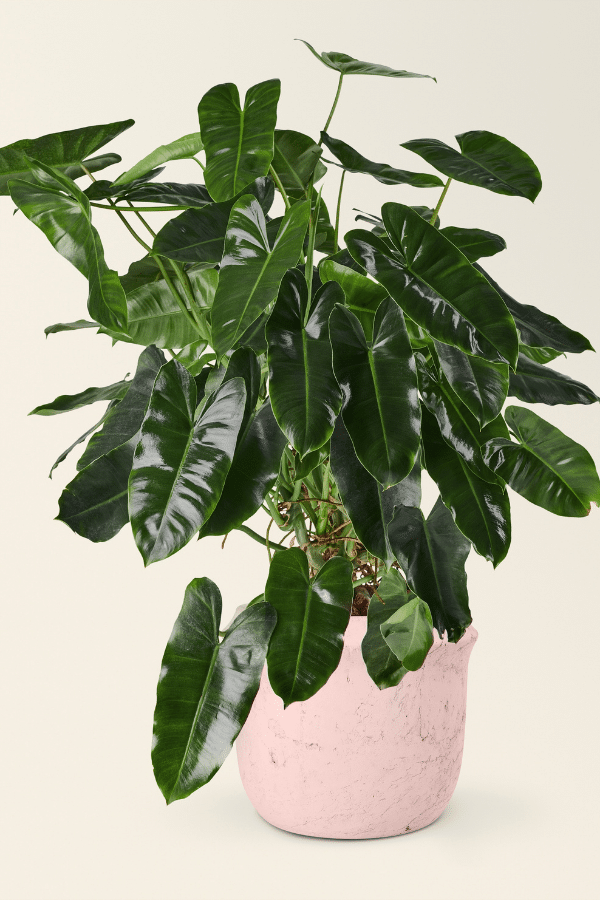
Philodendron Burle Marx History
Since the Victorian era, Philodendrons have been known to be popular houseplants. One of the easiest Philodendrons to take care of and grow is the Burle Marx Philodendron. This plant is named after the famous Brazilian architect Roberto Burle Marx, the first architectural designer to incorporate native plants into modern landscapes. Requiring minimal care, this compact plant is an easy houseplant that can withstand a bit of tough love and neglect, making it a perfect choice for beginners.
Philodendron Burle Marx Identification
Having emerald-green elongated heart-shaped foliage attached to red-colored stems branching from one main vine, this compact plant has a plethora of glossy leaves and is full of texture. Lots of aerial roots may be seen growing from the vine.
Philodendron Burle Marx Growth Facts
Being very easy to grow and compact, this plant is the perfect choice to put in smaller spaces, such as on a small shelf, desk, or mantle.
How Big Does a Philodendron Burle Marx Get?
Philodendron Burle Marx can get up to two feet tall by two to four feet wide.
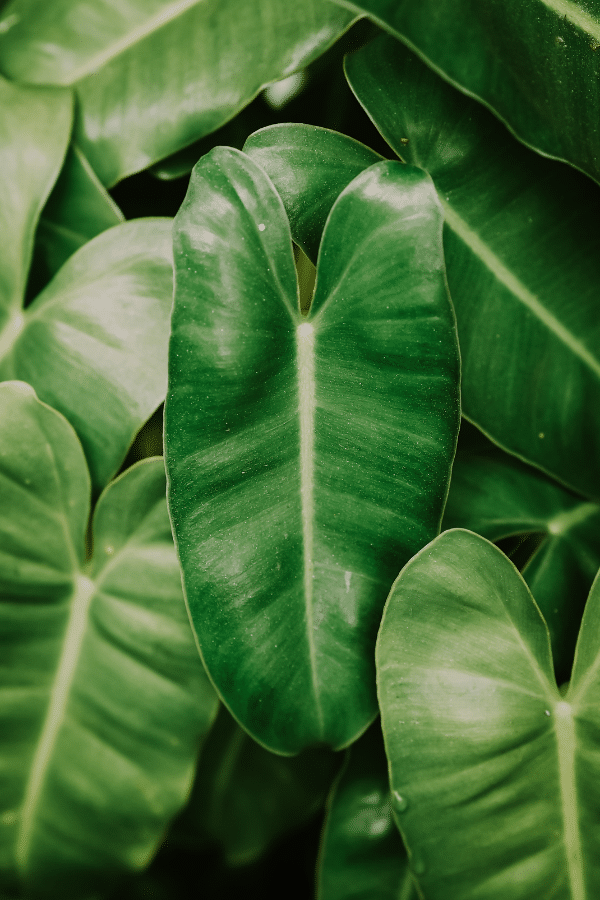
Philodendron Burle Marx Care
Philodendron Burle Marx care is relatively easy as long as you are able to mimic in its natural environment. Read on for the best Burle Marx Philodendron care items.
Searching for a new houseplant?
Take our houseplant quiz to see what your next plant should be based on the room it’s in, the specific lighting the room receives, if you want it on the floor or on the table, and much more!
Philodendron Burle Marx Soil
This Philodendron will appreciate a very airy, well-draining mix to grow in. Peat moss and a perlite mix, or coconut coir are suitable choices for a growing medium.
Philodendron Burle Marx Fertilizer
While not necessary, to expand foliar growth, a good liquid fertilizer indicated for houseplant use is helpful to give Philodendron Burle Marx a boost. In the warm growing season months, fertilize up to once weekly, following all label instructions. Do not feed in winter. Small leaves are a good indicator that it is time to fertilize. If leaves become pale, try feeding your Philodendron with a micronutrient fertilizer that contains calcium and magnesium.
Philodendron Burle Marx Watering
Most Philodendron plants like to have consistently moist but not overly saturated soil, and Burle Marx is no exception—having a very well-draining soil and a container with ample drainage aids in not overwatering. For philodendrons, overwatering is as perilous as underwatering. However, in the cold months of winter, the soil can dry out all the way before rewatering.
Philodendron Burle Marx Light Requirements
Philodendron Burle Marx prefers bright indirect light. An east or north-facing window will treat this Philodendron nicely. Keep in mind that direct sunlight will cause black scorch marks on the leaves so avoid direct light with the Burle Marx.
Philodendron Burle Marx Temperature & Humidity
Deriving from a tropical climate, Burle Marx enjoys temperatures 65-80F. Temperatures below 50F will severely slow down growth. This Philodendron will grow best in higher humidities, around 80%, but this plant can tolerate normal humidity levels between 30-50%. You can increase humidity by utilizing a humidifier or pebble tray.
Repotting Philodendron Burle Marx
The Philodendron Burle Marx does not need to be repotted often. However, around every 2-3 years, or when roots are poking through drainage holes, whichever comes first, you should repot your Burle Marx in a container the next size up of your current container and be sure it has drainage holes. Pour fresh well-draining soil in the new container and carve out a spot in the middle for the Philodendron. Place Burle Marx in the center of the new pot and gently surround the plant with the potting soil. Tamp the soil down while filling the container with more potting mix. Place in indirect light and give it a good watering.
Philodendron Burle Marx Maintenance & Pruning
Burle Marx does not need regular pruning. However, if you would like to have the Philodendron look bushier, you will need to prune your Burle Marx Philodendron. Cut just above the node with sterile pruning shears during springtime. Yellow or brown leaves can be pruned year-round.
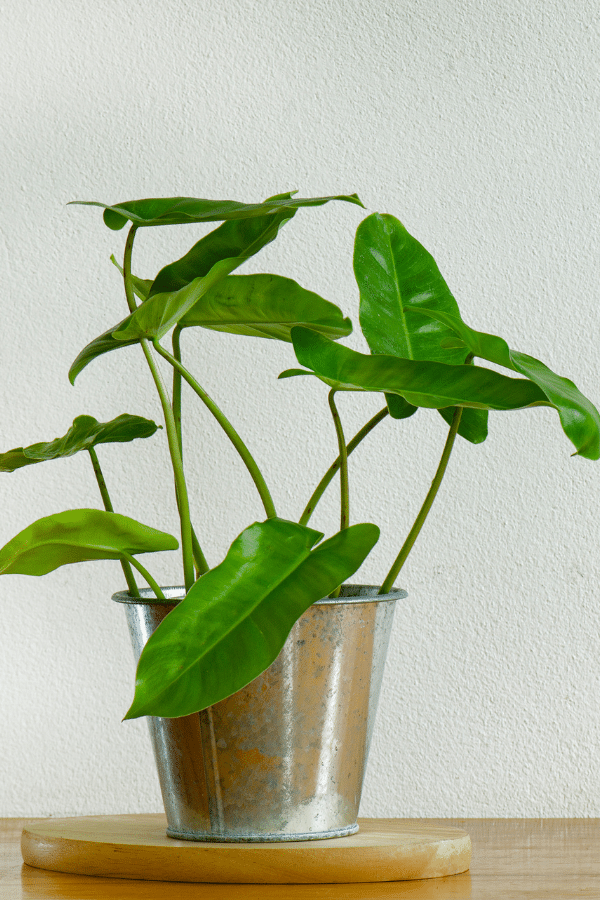
Philodendron Burle Marx Propagation
Philodendron Burle Marx can be propagated via stem cuttings. To propagate Burle Marx, take sterile scissors and cut a healthy stem off the plant and be sure it includes many nodes. You can either place the cutting into a jar of water or into soil rich with nutrients to let propagate. If you want to place the cutting in water, ensure no leaves are submerged. If needed, remove leaves. Wash hands after handling Burle Marx Philodendron as the calcium oxalate crystals can irritate the skin.
Philodendron Burle Marx Toxicity
Burle Marx Philodendron is considered toxic to humans and household pets. Containing calcium oxalate crystals, this plant can irritate
Toxicity to Humans
Burle Marx Philodendron is toxic to humans and should not be consumed. Ingestion may cause vomiting, oral swelling and irritation, difficulty swallowing, and other complications.
Toxicity to Cats & Dogs
Philodendron Burle Marx is considered toxic to cats and dogs and should not be consumed. If your think your pet has eaten any portion of this plant, contact the veterinarian or animal poison control.
Philodendron Burle Marx Problems
Philodendron Burle Marx Leaves Turning Yellow
While it is normal to see a few yellow-tinged leaves on this Philodendron, if you are seeing many Burle Marx leaves turning yellow it is often indicative of improper lighting, overwatering, or lack of nutrients.
Philodendron Burle Marx Leaves Turning Brown
The most common cause of browning of the leaves on the Philodendron Burle Marx is due to overwatering. Additional causes include overfertilization and salt buildup. If you have inspected your plant and it has not been overwatered, you may flush your plant by slowly running a faucet or hose over the plant to push excess salt from overfertilization out of the drainage holes.
Philodendron Burle Marx Diseases
Even in unfavorable conditions, Burle Marx is generally disease resistant, being a very hardy plant. However, waterlogged soil and lack of aeration in the soil can cause root rot and other fungal and bacterial infections. Be sure to use a well-draining soil mix and a pot with drainage holes.
Philodendron Burle Marx Pests
By and by, Philodendrons are largely pest-free houseplants. Aphids, scale, mealybugs, or spider mites can infect this plant occasionally. Once you notice these bugs, place the plant by itself and spray it with insecticidal soap or neem oil.
FAQ
How Big Do Philodendron Burle Marx Get?
The philodendron burle marx will reach as tall as two feet tall when grown as a houseplant.
Is Philodendron Burle Marx Climbing?
In its natural environment, philodendrons love to climb and expand. That’s no different when grown as an indoor plant, however, you will need to help it climb, trail, and expand. Give it a moss pole, trellis, or stakes to encourage climbing behavior.

